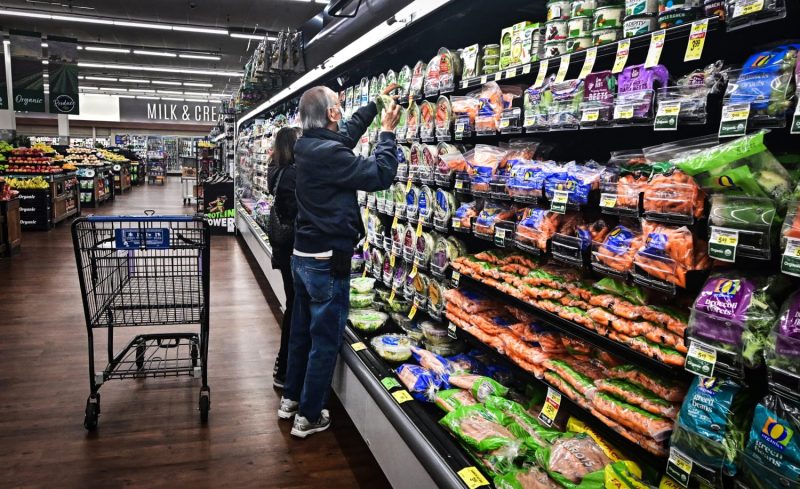In a world where the cost of living continues to rise, one of the everyday expenses that hit people hard is the price of groceries. Consumers often find themselves facing inflated prices at the checkout counter, wondering why their weekly food shopping bill keeps increasing. Let’s delve into the factors driving the high cost of groceries and explore how consumers might begin to find some relief.
1. Supply Chain Disruptions:
One significant reason behind the surge in grocery prices is disruptions in the supply chain. The COVID-19 pandemic, natural disasters, and geopolitical issues have all played a role in disrupting the smooth flow of goods from farm to table. These disruptions can lead to shortages, increase transportation costs, and cause price hikes as suppliers and retailers try to cover their additional expenses.
2. Rising Production Costs:
Another factor contributing to expensive groceries is the rising cost of production. Farmers face challenges such as climate change, labor shortages, and increased input costs (like fertilizers and fuel), which can all drive up the price of food items. These increased production costs are often passed on to consumers who have no choice but to pay more for their groceries.
3. Consumer Demand and Inflation:
Consumer demand also plays a role in the cost of groceries. Higher demand for certain products, particularly during times of crisis or seasonal shortages, can lead to price spikes. In addition, inflation, which erodes the purchasing power of money over time, further compounds the issue by causing overall price levels to rise.
4. Market Power and Competition:
The grocery industry is dominated by a few major players who wield significant market power. This lack of competition can result in higher prices for consumers since these large retailers have more control over pricing and can set prices higher without fear of losing customers to competitors.
Finding Relief:
While the factors driving up grocery prices may seem daunting, there are some steps consumers can take to alleviate the burden on their wallets:
1. Shop Smart: Look for sales, discounts, and promotions to save money on groceries. Buying generic or store-brand products can also help cut costs without sacrificing quality.
2. Meal Planning: Plan your meals ahead of time and make a shopping list to avoid impulse purchases. This can help you stick to your budget and prevent food waste.
3. Support Local: Consider shopping at farmer’s markets or local grocers that may offer more competitive prices on fresh produce and other items.
4. DIY Approach: Consider growing your own fruits, vegetables, or herbs if possible. Not only can this be a fun and rewarding experience, but it can also help reduce your grocery expenses.
In conclusion, the high cost of groceries is a complex issue influenced by various factors such as supply chain disruptions, rising production costs, consumer demand, and market dynamics. While these challenges may persist in the short term, consumers can take proactive steps to mitigate the impact on their budgets by being mindful shoppers and exploring alternative options. By staying informed and adapting their shopping habits, consumers can navigate the turbulent waters of rising grocery prices with greater ease.
